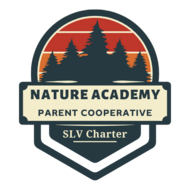Media Literacy: Voter Education
(View Complete Item Description)This series of videos is part of the RAC’s educational programming. These videos include audiovisual primary sources, and are designed to be part of a media literacy curriculum.The clips of audiovisual documents serve as primary sources that can be viewed, analyzed, and discussed in a classroom setting to help students build media literacy skills.
Material Type: Activity/Lab, Homework/Assignment, Lesson, Lesson Plan, Module, Primary Source, Teaching/Learning Strategy




















